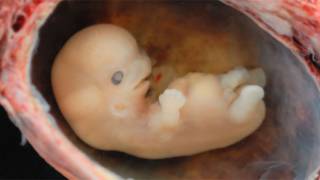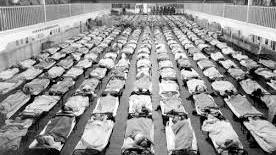It’s (Almost) Alive! Scientists Create a Near-Living Crystal
Source: wired.com
Three billion years after inanimate chemistry first became animate life, a newly synthesized laboratory compound is behaving in uncannily lifelike ways.The particles aren’t truly alive — but they’re not far off, either. Exposed to light and fed by chemicals, they form crystals that move, break apart and form again.
“There is a blurry frontier between active and alive,” said biophysicist Jérémie Palacci of New York University. “That is exactly the kind of question that such works raise.”
Palacci and fellow NYU physicist Paul Chaikin led a group of researchers in developing the particles, which are described Jan. 31 in Science as forming “living crystals” in the right chemical conditions.
Their experiments are rooted in the researchers’ interest in self-organizing collective behaviors, which are easier to study in controlled particle form than in schooling fish or flocking birds.
Each particle is made from a microscopic cube of hematite, a compound consisting of iron and oxygen, sheathed in a spherical polymer coat. One corner is left exposed.
Under certain wavelengths of blue light, hematite conducts electricity. When the particles are placed in a hydrogen peroxide bath under blue light, chemical reactions catalyze around the exposed tips.
As the hydrogen peroxide breaks down, concentration gradients form. The particles travel down these, aggregating into crystals that also follow the gradients.
Random forces pull the crystals apart, but eventually they merge again. The process repeats again and again, stopping only when the lights go out.
The ultimate goal of the work is to study how complicated collective behaviors arise from simple individual properties, perhaps informing molecular self-assembly projects, but it’s hard not to think about the origin-of-life implications.
“Here we show that with a simple, synthetic active system, we can reproduce some features of living systems,” Palacci said. “I do not think this makes our systems alive, but it stresses the fact that the limit between the two is somewhat arbitrary.”
Chaikin notes that life is difficult to define, but can be said to possess metabolism, mobility, and the ability to self-replicate. His crystals have the first two, but not the last.
[...]
Read the full article at: wired.com






















